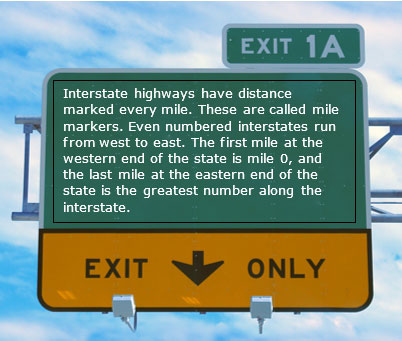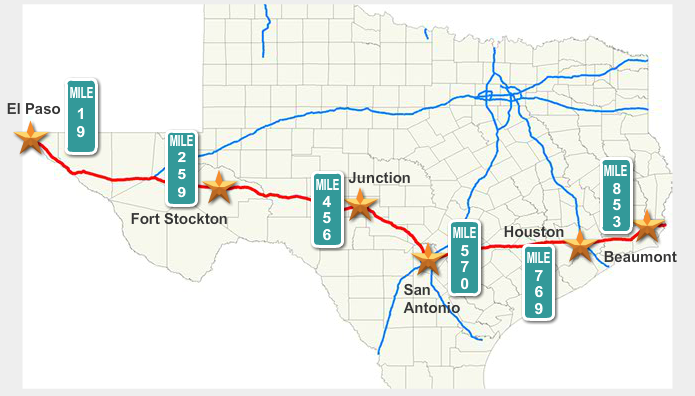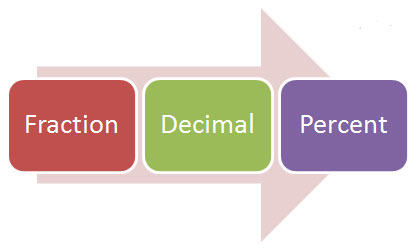 More often than not, problems involving math appear as word problems instead of an equation or expression. In order to solve meaningful real-world problems, you need to be able to translate a word problem into a mathematical expression or equation. In this lesson, you will examine a variety of ways that you can do just that.
More often than not, problems involving math appear as word problems instead of an equation or expression. In order to solve meaningful real-world problems, you need to be able to translate a word problem into a mathematical expression or equation. In this lesson, you will examine a variety of ways that you can do just that.
One thing to keep in mind is the order of operations, which you have learned in previous grades.
Use the acronym PEMDAS to remind yourself about the order of operations.

In this lesson, you will focus on applying operations, including the order of operations, to solve real-world problems. You will also perform those operations on both positive and negative numbers and justify the selection of a given operation.


 Sheila and her family are driving from Beaumont to west Texas to visit family. They will drive along Interstate 10.
Sheila and her family are driving from Beaumont to west Texas to visit family. They will drive along Interstate 10.

 Armando received a new media player for his birthday. His favorite website allows him to download songs for \($\)0.95 each and movies for \($\)9.95 each. He downloaded 20 songs and some movies, earned a 20% discount, and his bill for the transaction was \($\)62.96 without sales tax. How many movies did Armando download? Justify your solution.
Armando received a new media player for his birthday. His favorite website allows him to download songs for \($\)0.95 each and movies for \($\)9.95 each. He downloaded 20 songs and some movies, earned a 20% discount, and his bill for the transaction was \($\)62.96 without sales tax. How many movies did Armando download? Justify your solution. You have investigated how to translate a word problem into mathematical operations and how to use the 4-step problem solving model. Now, you will focus on justifying an operation that you, or a student like you, have selected in order to solve a problem.
You have investigated how to translate a word problem into mathematical operations and how to use the 4-step problem solving model. Now, you will focus on justifying an operation that you, or a student like you, have selected in order to solve a problem.
